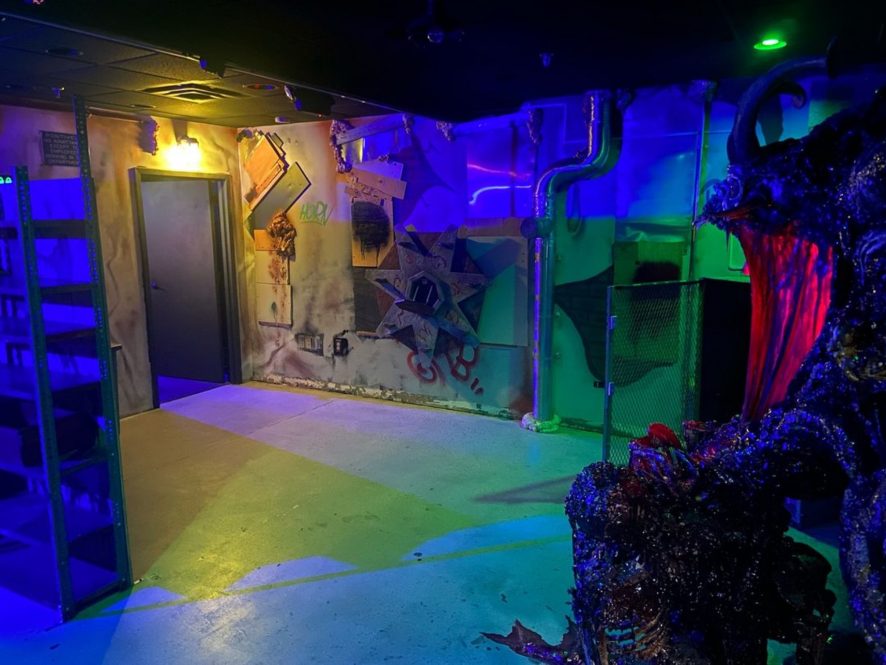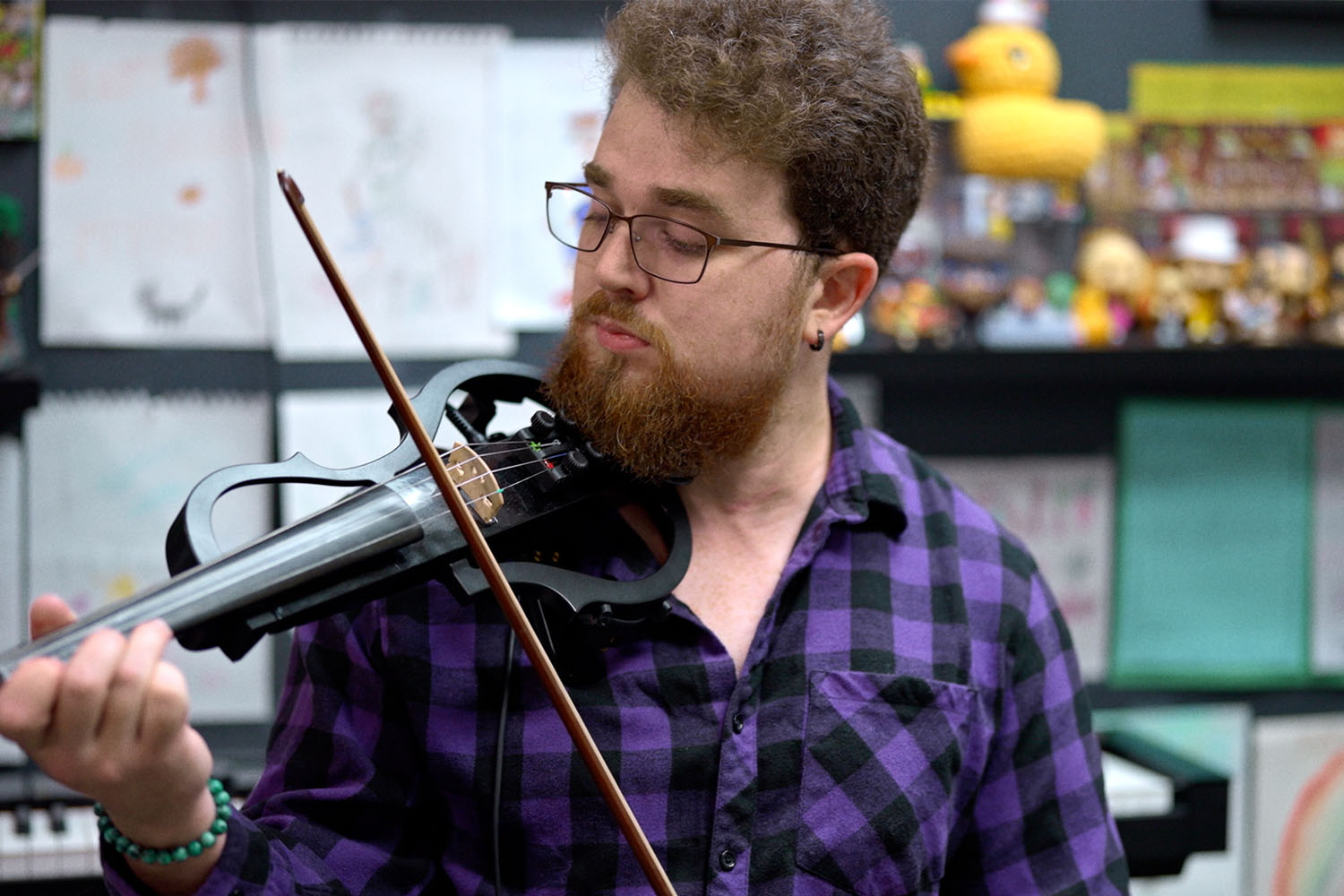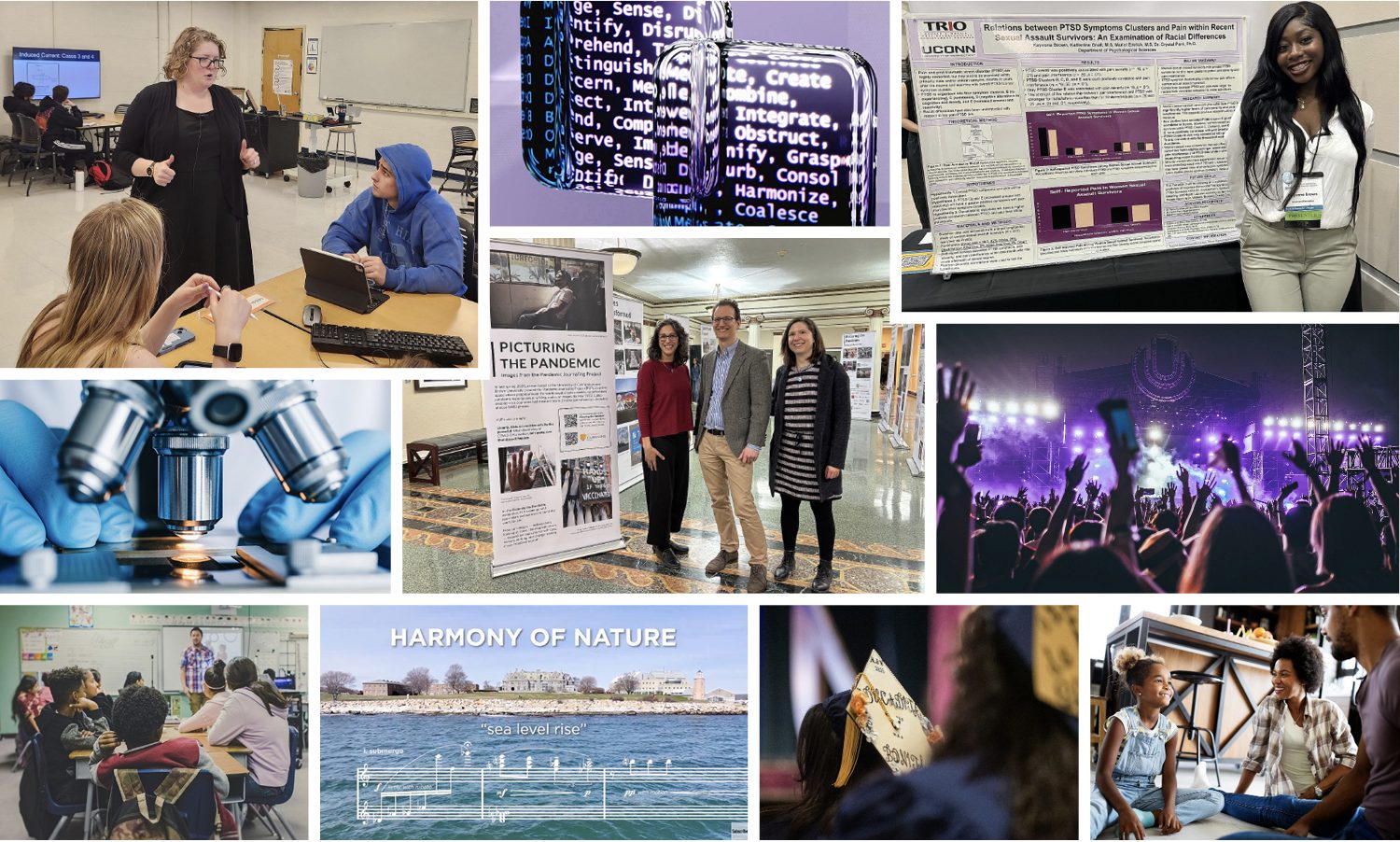So, there was one time on a trip to Spain when Matthew Marczak ’26 (ENG) found himself chained up in some guy’s basement.
He laughs about it now. But, true story, he was part of a group that voluntarily descended a staircase into a stranger’s basement, willingly agreed to being chained down there, and only slightly worried they wouldn’t make it out in time.
The whole experience resembled a scene from the horror movie, “Saw,” he says, in which the main character puts his victims through a battery of puzzle-like tests to save their lives.
“I love movies and TV shows, and something like this lets you be the main character,” Marczak says. “Imagine being Indiana Jones, walking into a temple, and having to run around putting totems on platforms. Escape rooms let you do that. They’re interactive, immersive experiences that let you be the character.”
In character, Marczak has been shackled to other pirates on a boat that rocked for an hour and a half while they figured out how to overthrow a mutiny. And he’s raced the clock as a government agent to save the president before a terminal disease got the better of him – or before the hour was up.
Marczak estimates he’s played upward of 75 escape rooms – the farthest from home being the basement in Spain and the largest in a 12,000-square-foot Las Vegas warehouse.
As grand an experience as those were, he’s now focused on building a portable escape room that people can play with friends at home, but one that’s no less immersive and no less interactive.
With funding from UConn’s IDEA Grant Program through the Office of Undergraduate Research, Marczak’s project has the working title, “Developing Next-Gen AI Entertainment for Portable Escape Rooms,” even though by the end of next academic year he expects to have produced a full-blown prototype that people can play.
The concept, he explains, is that a host would book the game from an escape room business with a physical address and pick it up to play at home. With a small group or large party, players would follow the game to its end and return it 24 hours later to the business, or in a big city maybe a locked drop box location.
“It would come in this cool, super high-tech wooden box with buttons, light sensors, and special effects to make you feel like you’re in a traditional escape room, but you’re at home,” Marczak says. “Inside the box, there would be a set of weird metal pieces that when screwed together form a robot that starts talking to you and that you can talk back to.”
The whole game centers on the idea of robot artificial intelligence and whether humans can train them before technology takes over the world – but in a fun way of considering the fall of humankind, Marczak jokes.
The game would use a cellular connection, not Wi-Fi or the internet, allowing it to be even more portable and able to be played just about anywhere, Marczak says, adding he expects to incorporate tricks using people’s phones, like directing a player to focus one’s camera onto an item to display a secret message.
That’s just augmented reality, he notes. The actual robot sending text messages or calling on the phone is real – because, after all, AIs are out to destroy the world.
Marczak has had a hand in developing the games “Breathless” and “Invasion” at Mind Factory Escape Games in Bridgeport where he’s been christened chief creative officer, so he understands what goes into a game’s evolution.
And that’s why this game doesn’t yet have a name. That depends in part on how he decides to end the storyline, he says.
At 12 years old, Marczak says, he played his first escape room and has been hooked on the concept since. During pandemic boredom in 2020, he found an old table at his house and taught himself electrical concepts to build into it a series of puzzles that a player would have to solve to stop a nuclear missile from launching.
He says that’s what sparked his interest in electrical engineering.
Playing the role of William Barfée in his high school’s performance of “25th Annual Putnam County Spelling Bee” helped develop a love of theater.
Put the two together and, at UConn, Marczak is an electrical engineering major with a minor in entertainment engineering and aims to work in the entertainment industry, maybe even designing immersive experiences at Walt Disney World.
“I’ve always been fascinated by how things work, and I had so much fun as a sophomore in high school designing the circuits for that first portable escape room,” he says. “I learned it all by watching YouTube videos or finding free online courses.”
A student at UConn’s Krenicki Arts and Engineering Institute, which joins the College of Engineering and School of Fine Arts to offer classes in entertainment engineering and industrial design, Marczak says escape rooms are a perfect example of merging the disciplines.
Getting the escape room’s robot to work is basic circuit design. Designing the game to make players feel transported is theatrical. Programming the two to work together is computer code, much of which is open source, Marczak says.
“I hit probably 20 different issues building that first one four years ago and learned a lot about what I could do better the next time, what needs to change,” he says.
Edward Weingart, Krenicki co-director and an associate professor in the Department of Dramatic Arts, is Marczak’s mentor on the project and has been a champion of his since his first, albeit unsuccessful, pitch for funding.
Marczak says he originally saw an opportunity for engineering students to get hands-on experience by building an escape room on campus. It would offer experiential learning and the possibility for a senior design project – not to mention serve as a program recruitment tool.
When that failed to secure monetary support, he regrouped, and considered that the only technology today’s portable escape rooms offer comes on a USB to plug into a computer. And video games are limited to 2D immersion.
“Most people who play escape rooms are not there for the puzzles. They’re there for an interactive, immersive experience. They’re there for the set. They’re there for the special effects. They’re there for experiential things,” he says.
Weingart and the Krenicki Institute pushed Marczak not to give up, he says, and urged him to apply for the IDEA funding with a shift to at-home entertainment. And it worked.
“I love being creative, coming up with these crazy ideas and making them reality,” Marczak says. “The possibility of doing that for a living one day is mind blowing.”
He continues, “Almost all companies use electrical engineers. I’m doing an internship now at Strain Measurement Devices in Wallingford, and I’m making sensors for the medical industry and aerospace.”
Broadway shows employ electrical engineers to build technology for sets, same for Hollywood and theme parks like Universal Studios. He even suggests job possibilities in the insurance, technology, and business sectors.
“The opportunities are endless,” Marczak says, noting, “None of this feels like work to me, even all my engineering classes. They’re so much fun. It doesn’t feel like I’m in class, because it’s something I want to learn.”



